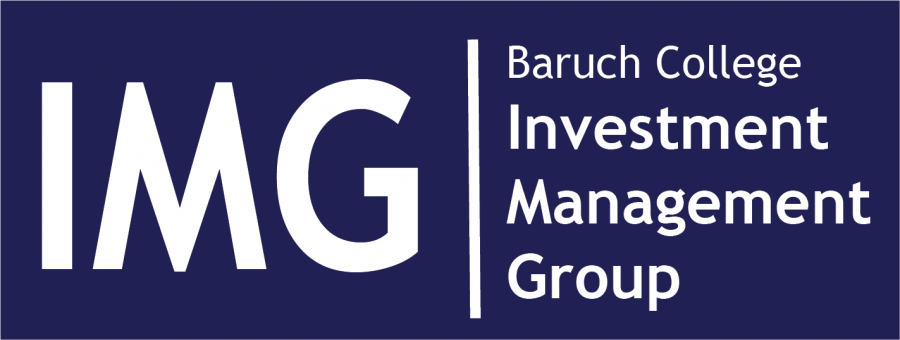The information technology sector has been the leading sector year-to-date in the S&P 500 with an average return rate of 26.69 percent.
Within the information technology sector, both the semiconductor and semiconductor equipment industries have been driving this growth in returns with each industry attributing an average return rate of 26.19 percent and 37.07 percent respectively.
This growth can be credited to the rise in global chip sales. According to the Semiconductor Industry Association, global ship sales rose 13.7 percent to $468.8 billion in 2018.
Despite the fact that the market started to weaken late last year, the 2018 figure represented the industry’s highest-ever annual total.
Conductors as a whole conduct electricity while insulators help resist electricity, and semiconductors fall in between the two.
Their level of conductivity and other properties can be changed with the introduction of impurities, to meet the specific needs of the electrical components in which they are installed.
Also known as semis, or chips, semiconductors can be found in thousands of electrical products such as computers, smartphones, appliances and even medical equipment.
Their actual function includes the amplification of signals, switching, and energy
conversion.
The semiconductor industry lives by a simple rule: smaller, faster and cheaper is always better.
While some experts believe that Moore’s Law is no longer applicable, chips manufactured today are still increasingly growing smaller in size.
It’s quite simple why being smaller is better in the semiconductor industry, finer lines mean more transistors can be packed on a single chip.The more transistors a single chip has, the faster the chip works.
Due to the size of competition, and the rate at which new technology is currently developing, the price of a chip can fall up to 50 percent within months.
With this constant pressure on chip makers to come up with something better and cheaper, it is easy to see why only a few companies achieve success in the semiconductor industry.
Semiconductors were invented in the United States, and they still lead the world in manufacturing, design and research.
The United States is currently the worldwide leader in this industry owning nearly half of the global market share.
In 2018, the U.S. semiconductor industry made a total $209 billion, with over 80 percent of U.S. semiconductor company sales being to customers overseas.
Semiconductor chips and equipment is also the fourth largest export of the United States, after airplanes, refined oil and automobiles.
This highly competitive industry is made up of four main product categories: memory, microprocessors, commodity integrated circuits and complex SOC’s
Semiconductor stocks are currently on the rise, and many of the top players in the industry are expecting accelerating demand growth in the next coming months.
The VanEck Vectors Semiconductors ETF, which holds 25 of the largest semiconductor companies, is up 28 percent year to date and trading near historical highs.








